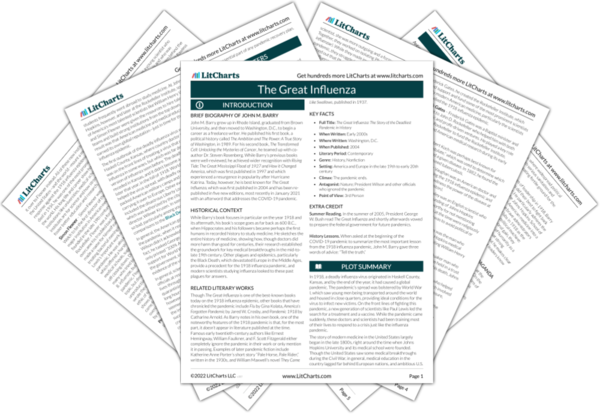Today, the Liberty Loan parade is often viewed as a turning point in the pandemic—when the virus really took off among civilian populations. Though it is perhaps unfair to blame a mass outbreak on one person, Krusen’s bad judgement undeniably caused the virus to spread ferociously. Like many officials before and after him, he refused to heed the warnings of experts until the consequences were so obvious that it didn’t take an expert to see them.
